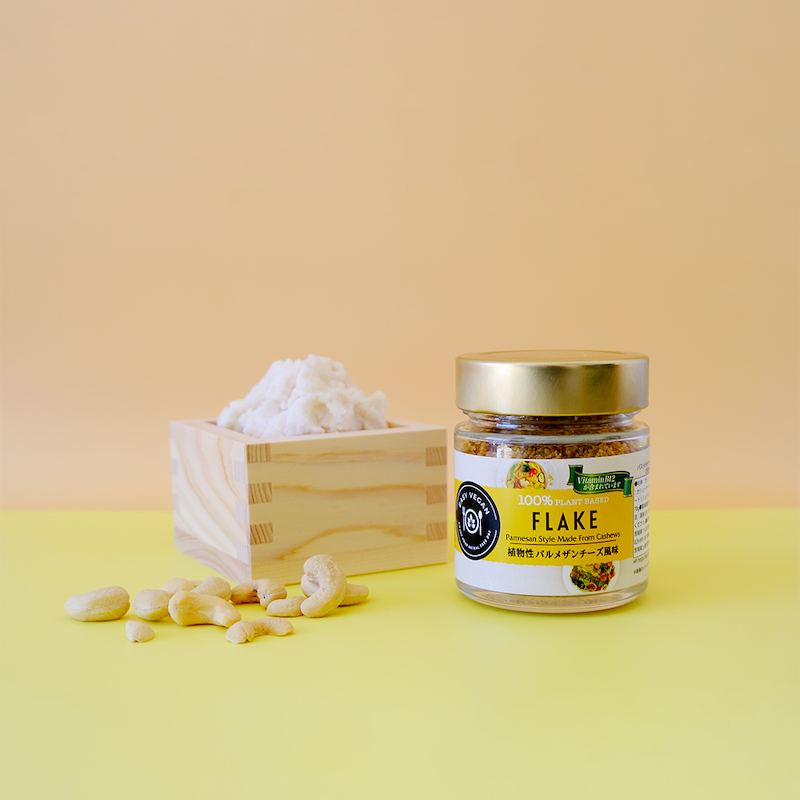Tasting Session: How to Spread Japanese Fermented Foods to the World?
Last October, American food professionals visited fermented food producers to deepen their knowledge of Japanese fermentation culture during the “Hakko Tourism in Japan” tour campaign. As part of the tour, organizers held a tasting session where guests gave candid advice from the perspective of the American market to food product manufacturers looking to enter the United States market.
Sales & broker advice on the U.S. market
Many Japanese manufacturers export to local Japanese and Asian markets through Japanese trading companies and distributors. However, compared to the enormity of the U.S. market, the size of this market is miniscule. To convey the appeal of Japanese fermentation culture to the American people, marketing that transcends borders is necessary, the organizers explained.
San-J’s business partner, a broker, then explained the importance of hiring a broker to serve as a local sales team for U.S. expansion. Along with detailed data, he shared his secrets for approaching the market beyond the framework of Japanese food.
Tasting session with serious opinions
Tokyo Bal, a producer of processed vegan foods using fermented ingredients, introduced Flake; a Parmesan cheese-like powder made from cashew nuts and sake lees.

“The name ‘Flake’ is misleading,” the rep continued. “So if we market it under the simple name of ‘Parm,’ I think we can stimulate interest by saying, ‘This is something else that imitates Parmesan cheese.”
The next product, “Niku Miso,” is a vegan version of a traditional Japanese condiment that combines ground meat and miso.
People in the U.S. may be unfamiliar with this so-called “meat miso”, so there could be some confusion as to whether it’s a condiment or not. Ifit’s to be sold as a protein, perhaps it should be packaged in a pouch, the panel suggested.
The panel offered that serving suggestions outside of Asian cuisine, such as on tacos, might help sell the product’s appeal to locals.
Another group offering their wares was Horaiya Honten, a koji maker from Fukushima Prefecture. Using fish from Miyagi Prefecture’s Fisherman Japan fishing group, they offered salt koji marinated sockeye salmon, soy koji marinated scallop, and miso marinated mackerel.

However, the packaging is too Japanese and intimidating, the panel agreed, so it would be nice if it could be made to more American-style standards, so that people can tell just by looking at it that they can make koji-based foods just by adding water, the panel concluded.
Fresh raw fish is hard to come by in the U.S., and many Americans balk at raw fish, so examples for chicken and other staple ingredients were recommended.

Next, Asaichiban, a natto maker from Ibaraki Prefecture, introduced new products with reduced stickiness and freeze-dried natto that are easier to eat; Natto being a notoriously acquired taste, this, the panel said, would be easier to stomach.

However, even with freeze-dried natto, which has a less unpleasant smell, guests frowned, saying that the smell still botherered them. Natto is attractive because it’s low in calories, high in protein, and regulates the gut biomet, but the stringy appearance and distinctive smell gave the guests the impression that it was rotten.
A natto mixed with chocolate seemed to be a hit, so commercializing the product seemed like a good start. But health claims and chocolate seem at odds, so the panel encouraged the distributor to be careful in their wording.
Marketing the product as a protein bar-like alternative made sense, the panel said.
The Asaichiban rep explained later that he would like to spread the word of natto’s flavors to a broader audience.
Lastly, Ine to Agave, a brewery located in Oga City, Akita Prefecture, showed their wares. The brewery makes “craft sake,” a traditional sake with agave syrup and other secondary ingredients, and is also working to revitalize the city of Oga, whose population is declining.

The company is currently constructing a factory in an abandoned house in the city to process sake lees generated in the sake brewing process. On the day of the event, attendees were given a tasting of their first product, a mayonnaise-like seasoning.
For those who don’t like eggs, the appraisal remained optimistic, with some preferring it over mayonnaise.
The fact that the ingredients are recycled should appeal to many Americans, the panel concluded. Vegans and those with sustainability in mind should certainly enjoy it, the panel said.
Transcending the boundaries of American and Japanese food culture
This session provided a valuable opportunity for Japanese brewers to experience the world’s raw evaluation of their products and for American experts to experience new Japanese fermented products. In the future, when the boundary between American food culture and Japanese fermentation culture has thinned, American consumers may just be in for an entirely new dining experience.
Saki Kimura is an accomplished journalist specializing in sake. With a journalism certificate from UCLA, she's reported on sake consumption worldwide. Currently the director of SAKETIMES International, she writes, translates, and promotes sake, focusing on overseas distribution and international breweries. Her expertise has made her a respected figure in the industry.

